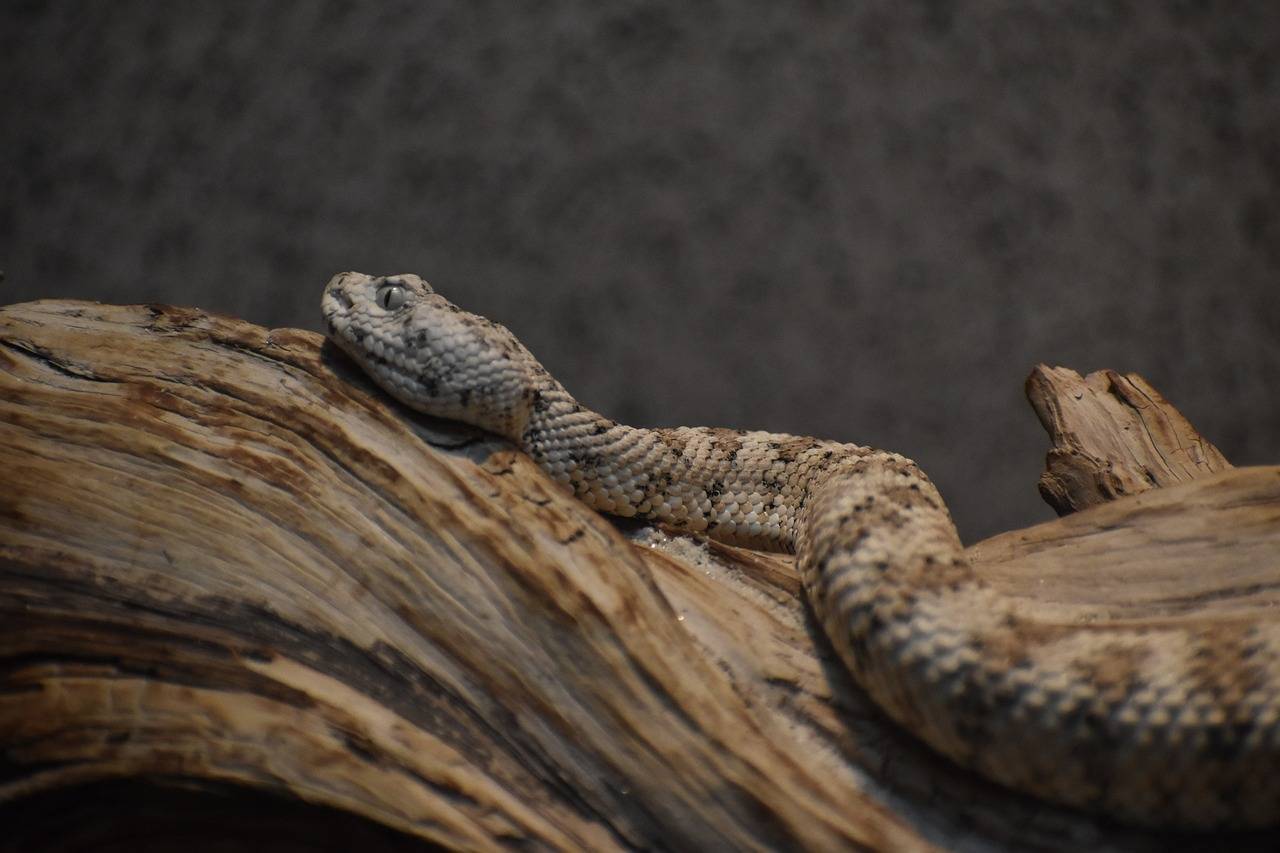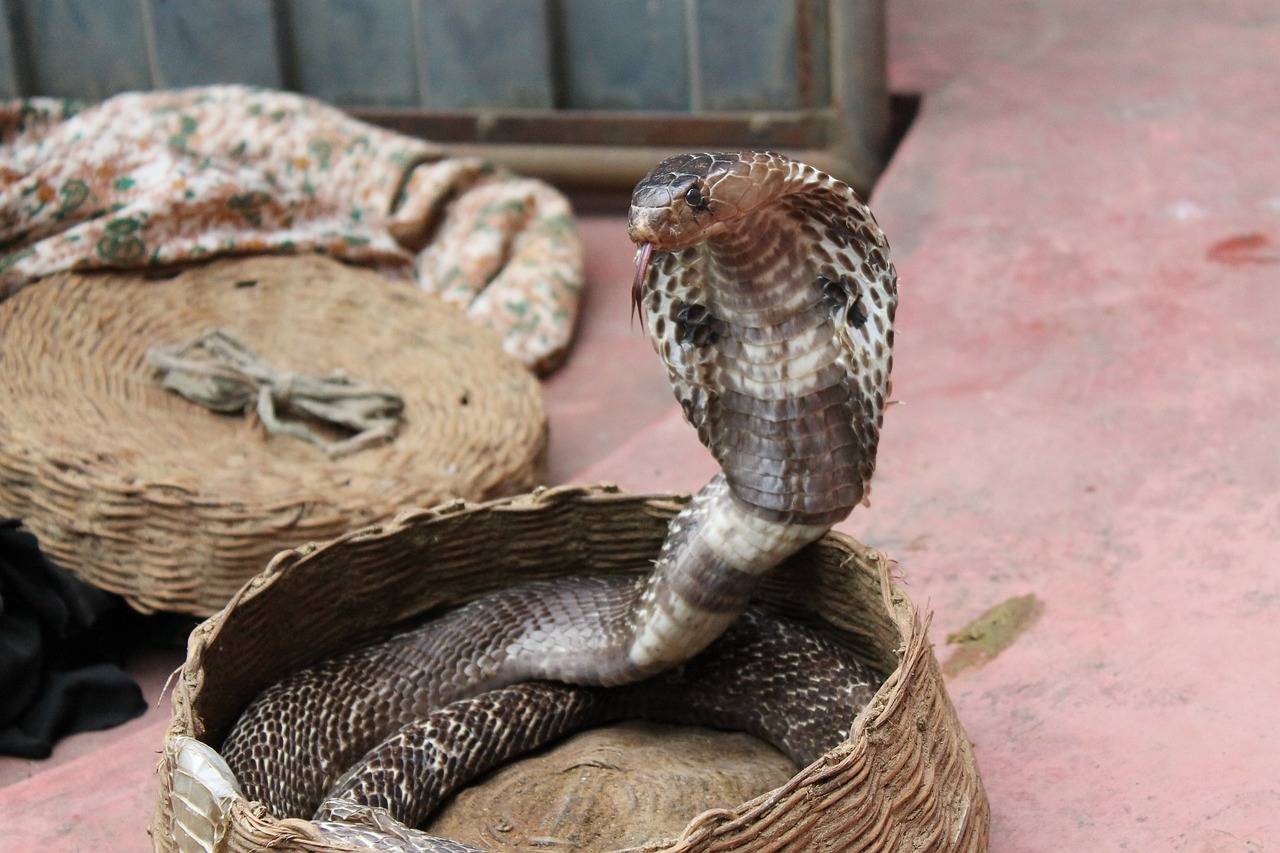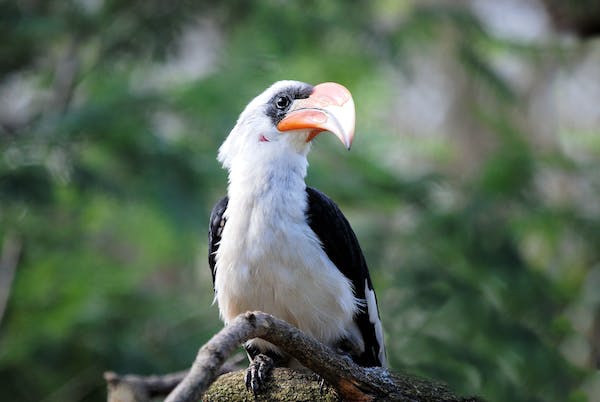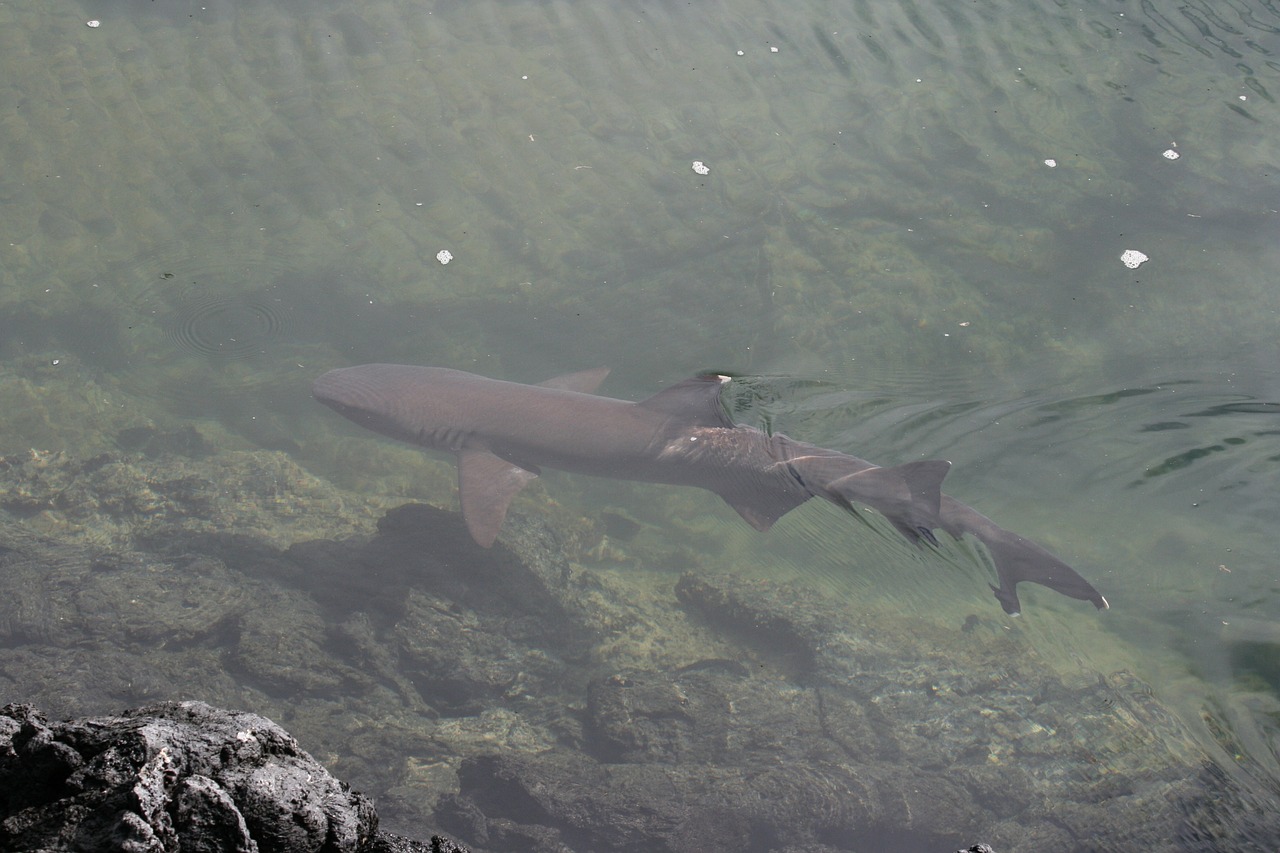Introduction
An interesting reptile that can be found all over the world, the speckled rattlesnake is notable for both its unusual appearance and fascinating habits. We will get into the details of species in our next share and details of Speckled Rattlesnake, examining its habitat, unique characteristics, and vital role in preserving ecological balance.
A Closer Look at the Speckled Rattlesnake
Appearance and Identification
The speckled rattlesnake (Crotalus mitchellii) is renowned for its distinctive appearance, characterized by a pattern of speckled markings along its dorsal scales. These markings serve as a form of natural camouflage, allowing the snake to blend seamlessly with its surroundings.
The coloration can vary, ranging from shades of brown and gray to a more vibrant yellow, depending on the specific subspecies and its habitat.
Habitat and Range
Found primarily in arid and semi-arid regions of North America, the speckled rattlesnake is adapted to diverse environments, including deserts, grasslands, and rocky terrains. Its range spans from southern California and Arizona to Mexico, showcasing the species’ ability to thrive in a variety of climates.
Behavioral Adaptations
Camouflage Techniques
The speckled rattlesnake’s unique camouflage is a key survival strategy. By blending in with its surroundings, the snake can remain concealed from potential threats and, in turn, increase its chances of ambushing prey.
This camouflaging ability is further enhanced by the snake’s behavior of remaining motionless when approached, making it even more challenging for predators and humans to detect.
Feeding Habits
Speckled rattlesnakes are carnivorous predators, primarily feeding on small mammals, birds, and occasionally lizards. Their venomous bites efficiently immobilize prey, allowing the snake to consume it at its leisure.
This feeding behavior plays a crucial role in controlling rodent populations, contributing to the delicate balance within their ecosystems.
Reproduction and Life Cycle
Speckled rattlesnakes follow a viviparous reproductive strategy, with females giving birth to live young instead of laying eggs. This adaptation allows for a more successful survival rate for offspring, as they are born fully developed and better equipped to face the challenges of their environment.
The snake’s reproductive cycle is closely tied to environmental factors, with mating typically occurring in the spring and early summer.
Conservation Status and Threats
While the speckled rattlesnake is not currently listed as endangered, various threats pose challenges to its populations. Habitat loss due to urbanization, road mortality, and indiscriminate killings by humans who perceive them as threats contribute to the pressures faced by these snakes.
Conservation efforts are vital to ensure the continued existence of this species and maintain the ecological balance they contribute to.
The Role of the Speckled Rattlesnake in Ecosystems
Ecological Importance
Speckled rattlesnakes play a vital role in maintaining the balance of their ecosystems. As apex predators, they help control the population of small mammals, preventing overgrazing and maintaining the health of plant communities.
By managing rodent populations, these snakes indirectly contribute to disease prevention, as rodents are known carriers of various pathogens harmful to both humans and other animals.
Biodiversity Support
The presence of speckled rattlesnakes enhances biodiversity within their habitats. As part of the intricate web of interactions, their predatory role influences the distribution and behavior of prey species. This ripple effect contributes to the overall diversity of plant and animal life in the ecosystem.
Coexisting with Speckled Rattlesnakes
Respecting Their Space
While speckled rattlesnakes are essential for the balance of their ecosystems, it’s crucial for humans to exercise caution and respect their natural habitats. If you encounter a speckled rattlesnake in the wild, maintain a safe distance and avoid provoking or cornering the snake.
Remember, these creatures play a crucial role in the ecosystem and are generally not aggressive unless they feel threatened.
Educational Initiatives
Educational programs can significantly reduce human-wildlife conflict. By raising awareness about the importance of speckled rattlesnakes in the ecosystem, communities can foster a sense of coexistence.
Understanding their behavior, habitat, and the role they play helps dispel myths and fears, promoting a more harmonious relationship between humans and these reptiles.
Conservation Efforts and How You Can Contribute
Preserving Natural Habitats
One of the most effective ways to support speckled rattlesnake conservation is by preserving their natural habitats. Participate in local conservation initiatives, support land preservation projects, and advocate for responsible development practices to minimize habitat destruction.
Reporting and Research
Citizen science plays a crucial role in monitoring and understanding speckled rattlesnake populations. Report sightings to local wildlife authorities or participate in citizen science programs dedicated to reptile research.
By contributing data, you assist researchers in tracking population trends and understanding the health of these snake communities.
Conclusion
In conclusion, the speckled rattlesnake stands as a testament to nature’s ingenuity in adaptation and survival. Its unique appearance, coupled with behavioral strategies such as camouflage and viviparous reproduction, makes it a fascinating subject of study.
As we strive to understand and appreciate these enigmatic creatures, it becomes clear that their role in maintaining ecosystem equilibrium is essential. Conservation efforts and education are crucial to ensuring the coexistence of humans and the speckled rattlesnake in harmony within their natural habitats.







